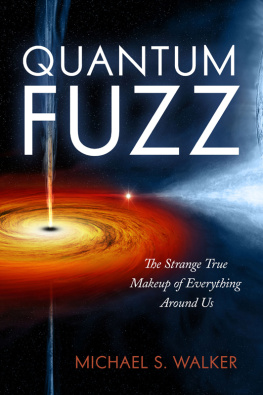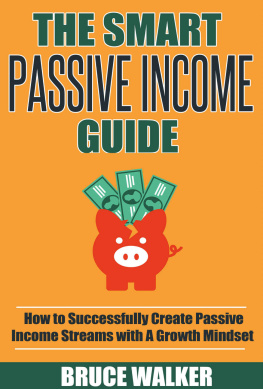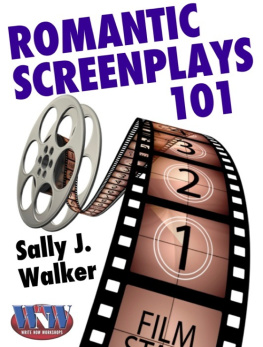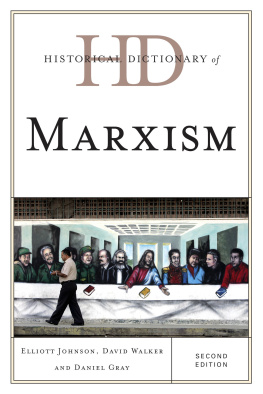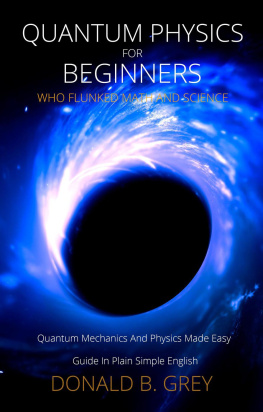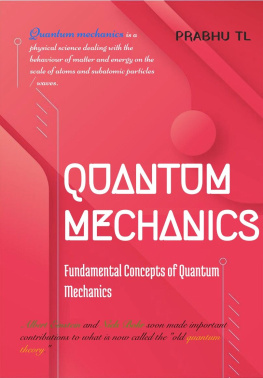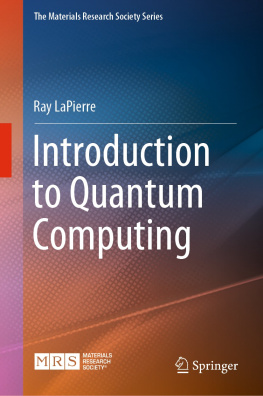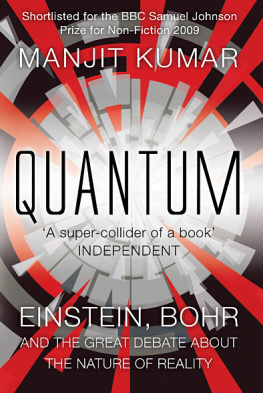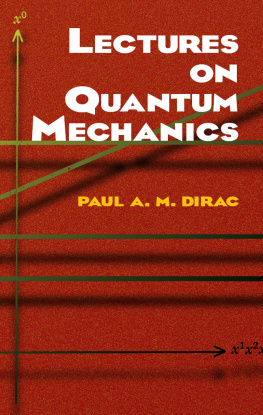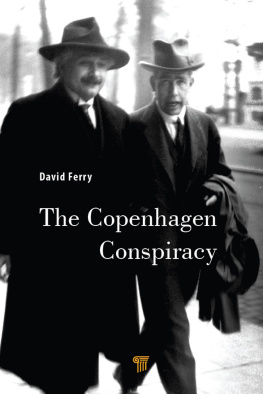This book has been shaped substantially by the suggestions, questions, and comments of many reviewers and advisors. I am grateful to all for their help. Ultimately, however, I made the choices as to content and I am responsible for any errors of fact or interpretation that may have occurred. I sincerely apologize to anyone who may have been inadvertently omitted in these acknowledgements.
First, I thank Mr. Steven L. Mitchell, editor in chief, and his excellent staff at Prometheus Books, for suggesting a broader scope, for encouragement, and for patient guidance. Producing Quantum Fuzz has been a team effort, starting with Catherine Roberts-Abel's flexible accommodation of both my schedule and this book's special needs in layout, then Hanna Etu's diligent and effective help in soliciting both permissions and reviews, Jacqueline Nasso Cooke's obvious artistry in design of the cover, Jade Zora Scibilia's understanding of the book in her thorough but reasonable interchanges through copyedit, with associate editor Sheila Stewart, indexer Laura Shelley, and typesetter Bruce Carle, and finally Jake Bonar's quick responses in educating this author to the needs of marketing and publicity.
The book has benefitted greatly from the extensive review and advice of Dr. David Toback, Thaman Professor for Undergraduate Teaching Excellence and professor in the Mitchell Institute for Fundamental Physics and Astronomy at Texas A&M University. Dave is author of the recently published Big Bang, Black Holes, No Math. His enthusiastic response to Quantum Fuzz was especially encouraging, and he has graciously written its foreword. L. Howard Holley, fellow physicist, recently active in the key biology-related study of protein folding, not only reviewed the physics but also added particular depth and background to the discussion of the bonding and shape of the water molecule. Longtime friend Delia Milliron, associate professor of chemical engineering at the University , dealing with the quantum mechanics of the atom and the foundations of chemistry. John Gardon, vice president of research first at Akzo-Nobel and then at Sherwin-Williams, now retired, kept me out of trouble when I ventured more deeply than I should have in that direction. John has been a continuing source of information on the development of energy resources and technology.
The book owes its title to Fred Bortz, friend since graduate school, punster extraordinaire, mentor, and successful author of science and technology books for young readers. Fred provided critique of both the physics and the writing. Dr. Fred, as he is known, is also a reviewer of science and technology books for major newspapers. Dr. Leslie Polgar, another friend from graduate-school days, physicist, business executive, and now adjunct professor and consultant looked over on quantum computers. And John Gribbin, author of Computing with Quantum Cats and, just recently, 13.8: The Quest to Find the True Age of the Universe and the Theory of Everything, reviewed and advised on the first half of the book. My cousin C. Terrence Walker provided early reviews, stimulating discussion, quotes, and recommendations of related reading on philosophy and the nature of quantum mechanics. Terry has a PhD in intellectual history and a special interest in the philosophy of assumptions in science.
Barbara Oakley, translator on Soviet trawlers, South Pole radio operator, army captain, doctor of systems engineering, professor, and bestselling author (Evil GenesWhy Rome Fell, Hitler Rose, Enron Failed, and My Sister Stole My Mother's Boyfriend) taught me a bit about writing, offered encouragement, and provided strategic guidance as I moved toward publication. It was Barbara who recommended Will DeRooy, excellent independent copy editor of an early draft, whose advice and questions and comments regarding structure and meaning went well beyond his assigned task. Jack Kaufman aided with skilled photography, and Martha Thierry provided timely, careful, and quality work on all of the illustrations that I generated. Kathy Braun, a professional at co-writing and coaching prospective authors, asked questions and made suggestions. Professor Joe Grimm of Michigan State University taught me much and offered advice and encouragement in his local short course on self-publishing.
My colleague and friend from Westinghouse days and since, Alex Braginski, provided me with an update of developments in superconductivity just before editing. And Art Wiggins, emeritus professor of physics and author of The Human Side of Science both reviewed and advised at this final stage.
One major objective in my writing this book has been to bring to the general public a sense of the inherent beauty in the structure of the atom, the building block of all that we see around us. The challenge has been to simplify and present in a nonmathematical way the quantum mechanics that gives us this view: a theory that is counterintuitive and inherently mathematical and abstract. To meet the challenge, and to be sure that I am describing our quantum world generally in an interesting and readable way, I enlisted the help of many friends and family members as the book grew over the period of a dozen years, constructing draft after draft, each submitted in whole or in part to some few for review and critique. Here too, I am grateful for all of the help that I have received.
My initial critics were my immediate family, starting with my late wife, Roslyn: partner for thirty-five years, social worker, and perhaps the most commonsense wise person I have ever known. (Though she was generally supportive, her initial assessment was two thumbs down!) My sister, Johanna Darden, has been encouraging all along. (She is perhaps atypical, with more math and physics than most of my prospective readers.) Her husband, Bill (once my roommate at MIT and subsequently professor of linguistics and Slavic languages at the University of Chicago) provided a more philosophically oriented discussion of quantum theory. My son Doug, a graduate in mechanical engineering from MIT and then the University of Michigan (and my daughter-in-law, Liz, in computer science from Wellesley) read through and critiqued several early and parts of later drafts. Doug noted that he had gained a better feel for what he had already been taught.
I owe a very special thanks to Barbara Halpern. Barbara and I have been together for most of the eleven years since Roz died. She has read through, marked-up, and critiqued virtually every draft produced in that time, and she has continually encouraged the work (though her enthusiasm may be borne in part of an unusual thirst for knowledge and delight in learning). I also thank Eitan and Ariel, Barb's grandsons, for finding the time between school, practice on the cello, video games, and other teenage activities, to give parts of more recent drafts a serious read and commentary.
I benefited greatly from the questions and comments of one of my late son, Arlan's, best friends, Brendan Boyle, former high-school teacher and now computer guru, who offered encouragement and advice after reading through and reviewing each of several drafts. I am also appreciative of reviews by Bobbi Markiewicz; Ed Coe; Chuck Townsend; Bill Ahlstrom; Bernie Stuecheli; Joe Reynoso; Frank Mandelbaum; Emeritus Professor Donald Shuster; and my cousins Geraldine Spilman, Marc Landgarten, S. Marc Tapper, Stanton and Jai Walker, Richard and Carole Walker, Leslie and Lorne Kermath Jacob Hodges, and Steve Horelick, who either marked up drafts or sections substantially, wrote separate comments, asked key questions, or provided verbal comment based on a substantial read. It was Steve who triggered my description of electron states in the atom in analogy to the standing-wave patterns in musical instruments.

